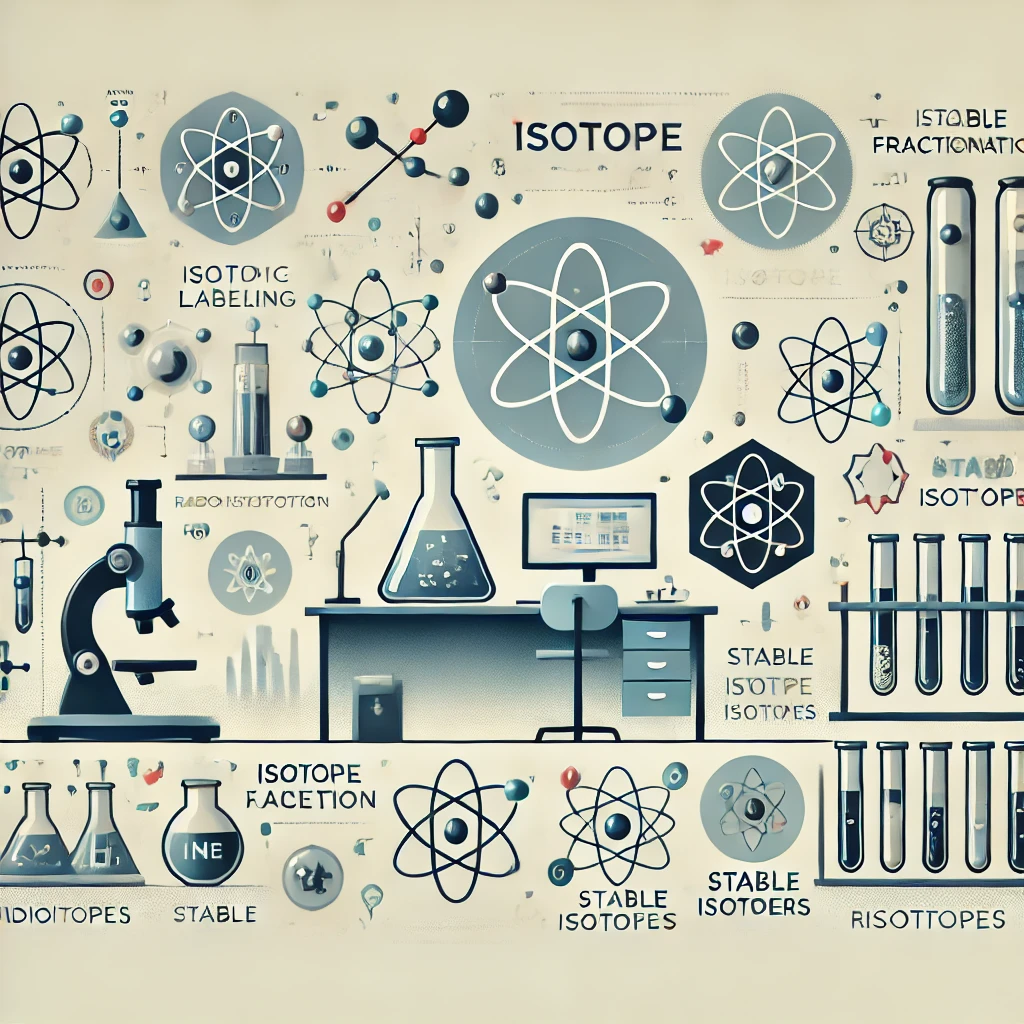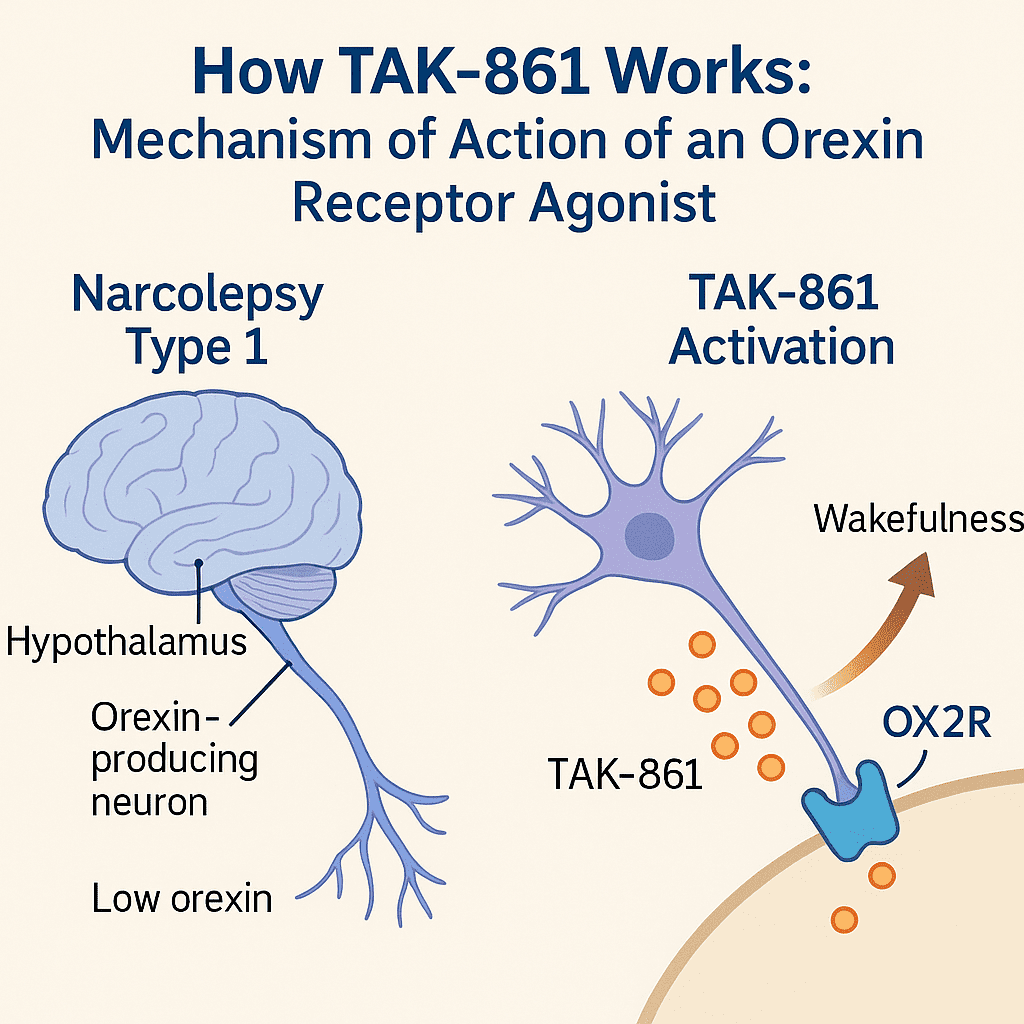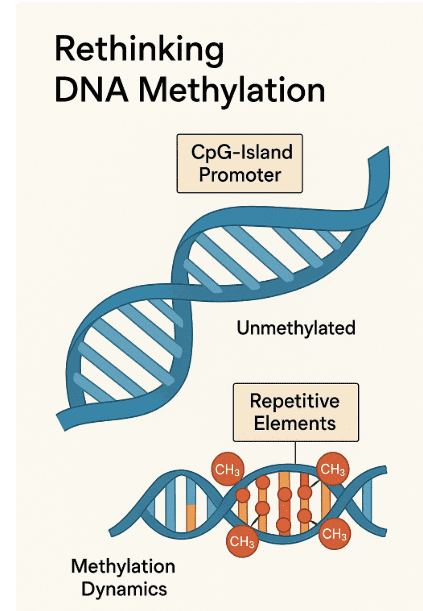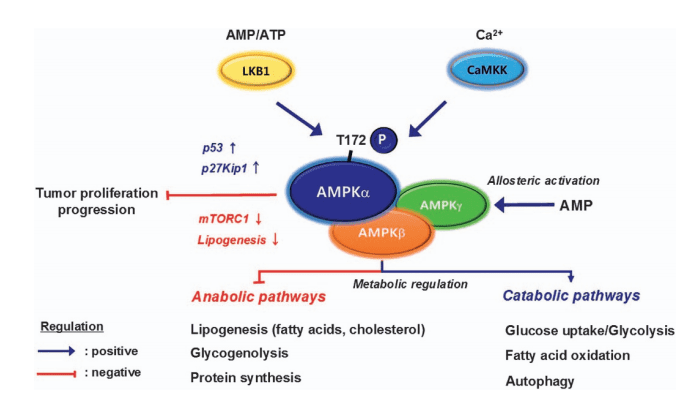Unlocking the Potential of Isotopes: Applications in Research and Industry
Abstract
Isotopes play a crucial role in various fields, including medicine, environmental science, and industry. This text explores the applications of isotopes, emphasizing their importance in advanced research and industrial processes. Key concepts such as isotopic labeling, radioisotopes, stable isotopes, and isotope fractionation are discussed, highlighting their impact on scientific innovation. The text also introduces Musechem as a provider of high-quality isotopes and isotopically labeled compounds, offering custom synthesis and technical support. By staying informed about advancements in isotope technology, researchers and professionals can enhance their work and drive progress in their respective fields.
Introduction to Isotopes
Isotopes are variants of a particular chemical element that have the same number of protons but differ in the number of neutrons within their nuclei. This variation in neutron number results in isotopes having different atomic masses while retaining similar chemical properties. The study of isotopes plays a crucial role in numerous scientific fields, including chemistry, physics, environmental science, and medicine. Understanding isotope-related terms is essential for researchers and scientists as these terms form the foundation of discussions and applications involving isotopic elements.
The importance of isotopes extends beyond basic scientific inquiry. In medicine, isotopes are used for diagnostic imaging, cancer treatment, and as tracers in biochemical research. Radioisotopes, in particular, are instrumental in these applications due to their radioactive properties, which allow for precise tracking and imaging within biological systems. Stable isotopes, on the other hand, are non-radioactive and are extensively used in environmental studies to trace ecological processes, in forensic analysis to determine the origins of substances, and in metabolic research to study biochemical pathways.
Isotopic labeling, a technique that involves incorporating isotopes into molecules, is widely used in research to trace chemical reactions and metabolic pathways. This process is pivotal in pharmaceutical development, where it helps scientists understand the pharmacokinetics and dynamics of drugs. Moreover, isotopes are crucial in geochemical studies, particularly through isotope fractionation, which helps scientists understand natural processes by analyzing the distribution of isotopes in different environments.
Understanding isotope-related terms is not only important for academic research but also for practical applications in industry and medicine. As isotope technology continues to advance, its applications will expand, making it even more essential for professionals in various fields to have a firm grasp of these concepts.
Applications and Importance of Isotopes
Isotopes have a wide range of applications across various fields, making them invaluable tools in both scientific research and industry. One of the most significant uses of isotopes is in the medical field, where they are employed in diagnostic imaging, cancer treatment, and metabolic studies. Radioisotopes like technetium-99m (⁹⁹ᵐTc) are widely used in nuclear medicine to create detailed images of internal organs, helping diagnose conditions such as heart disease and cancer. Additionally, isotopes like iodine-131 (¹³¹I) are used in the treatment of thyroid disorders, showcasing their therapeutic potential.

Fig.2 Applications and Importance of Isotopes
In environmental and geochemical studies, isotopes are essential for understanding natural processes and tracing environmental changes. Stable isotopes, such as carbon-13 (¹³C) and nitrogen-15 (¹⁵N), are used to study ecological systems, providing insights into food webs, nutrient cycling, and the effects of climate change. Isotopic analysis of ice cores, sediments, and fossilized remains allows scientists to reconstruct past climates, helping to predict future environmental shifts.
In industrial applications, isotopes are used in a variety of processes, including material testing, quality control, and energy production. For instance, uranium-235 (²³⁵U) is a crucial isotope in nuclear reactors, providing the necessary fuel for nuclear power generation. Isotopes are also used in manufacturing to detect structural weaknesses in materials through non-destructive testing methods.
The versatility of isotopes underscores their importance across multiple disciplines. As research and technology continue to advance, the applications of isotopes are likely to expand, offering new possibilities in medicine, environmental science, and industrial processes.
Isotopes are not just scientific curiosities but are vital tools that drive innovation and discovery across multiple disciplines. From their role in medical diagnostics and treatment to their application in environmental studies and industrial processes, isotopes have proven to be indispensable. The key concepts related to isotopes—such as isotopic labeling, radioisotopes, stable isotopes, and isotope fractionation—are foundational to understanding how isotopes function and how they can be applied effectively in research and technology.
As the understanding of isotopic science continues to evolve, the potential applications of isotopes are likely to expand. This evolution will open new avenues for research and technological advancement, making it increasingly important for professionals in science and industry to stay informed about the latest developments in isotope technology. Whether you are a researcher looking to deepen your knowledge of isotopic methods or an industry professional seeking to apply isotope technology in your work, understanding these key isotope-related terms is essential.
After exploring the applications of isotopes, the following section will introduce key isotope-related terms for further understanding.
Key Isotope-Related Terms
Isotopes have become a cornerstone in various scientific fields, from chemistry and physics to environmental science and medicine. Understanding the key terms associated with isotopes is essential for anyone involved in these areas, as these terms define the processes, applications, and significance of isotopic studies.

Fig.1 Key Isotope-Related Terms
Isotopic Labeling
Isotopic labeling is a powerful technique in which an isotope is incorporated into a molecule to trace or study chemical reactions, metabolic pathways, or molecular structures. This method is particularly useful in pharmaceuticals, where isotopic labels can help track the absorption, distribution, metabolism, and excretion of drugs. For instance, deuterium (²H) or carbon-13 (¹³C) is often used to label molecules in drug research to understand their pharmacokinetics and pharmacodynamics. Isotopic labeling is also crucial in environmental science, where it aids in understanding nutrient cycles and pollutant pathways in ecosystems.
Radioisotopes
Radioisotopes are isotopes that are unstable and undergo radioactive decay, emitting radiation in the process. These isotopes are extensively used in medicine, particularly in diagnostic imaging and cancer treatment. For example, technetium-99m (⁹⁹ᵐTc) is a radioisotope widely used in nuclear medicine for imaging organs and detecting abnormalities. Additionally, iodine-131 (¹³¹I) is used in treating thyroid cancer and hyperthyroidism. Beyond medicine, radioisotopes are used in industry for non-destructive testing and in scientific research as tracers to study biochemical processes.
Stable Isotopes
Stable isotopes are isotopes that do not undergo radioactive decay and remain constant over time. These isotopes are invaluable in various scientific disciplines, including environmental science, geology, and biology. In ecology, stable isotopes like carbon-13 and nitrogen-15 (¹⁵N) are used to study food webs and trace nutrient cycles. In geology, oxygen isotopes (¹⁶O, ¹⁸O) are used to reconstruct past climates by analyzing ice cores, sediment layers, and fossilized remains. Stable isotopes also play a role in forensic science, where they help determine the geographical origin of materials or organisms.
Isotope Fractionation
Isotope fractionation refers to the process by which different isotopes of an element are partitioned or fractionated due to physical or chemical processes. This phenomenon is particularly significant in geochemistry and climatology. For example, during evaporation, lighter isotopes of water (¹H₂¹⁶O) evaporate more readily than heavier isotopes (¹H₂¹⁸O), leading to a fractionation effect that can be measured and used to infer temperature changes over geological time scales. Isotope fractionation is also crucial in understanding biogeochemical cycles, such as the carbon cycle, where the fractionation of carbon isotopes provides insights into photosynthesis and respiration processes.
Heavy Isotopes
Heavy isotopes are isotopes that contain more neutrons than the most common isotope of an element, making them heavier. For instance, deuterium (²H) is a heavy isotope of hydrogen, and carbon-13 (¹³C) is a heavy isotope of carbon. These heavy isotopes are used extensively in scientific research as tracers or labels. In metabolic studies, carbon-13 is used to trace the incorporation of carbon atoms into metabolic pathways, while deuterium is used to study hydrogen bonding and reaction mechanisms. Heavy isotopes also have applications in nuclear power, where isotopes like uranium-235 (²³⁵U) are used as fuel in nuclear reactors.
Light Isotopes
Light isotopes are those that have fewer neutrons compared to the more abundant isotope of an element. For example, protium (¹H) is the lightest isotope of hydrogen, and oxygen-16 (¹⁶O) is a light isotope of oxygen. Light isotopes play a crucial role in various scientific studies, including isotope fractionation and tracing biochemical processes. In environmental science, the ratio of light to heavy isotopes in water molecules is used to study evaporation and precipitation processes, providing valuable information about climate patterns.
Isotopomers
Isotopomers are molecules that differ only in the isotopic composition of their atoms but have the same chemical formula. These molecules are important in the study of reaction mechanisms and molecular dynamics. Isotopomers allow researchers to track specific atoms within a molecule and observe how they behave during chemical reactions. For example, the study of isotopomers can provide insights into the reaction pathways and intermediates in complex chemical reactions, helping to elucidate detailed mechanisms that would otherwise be difficult to detect.
Advanced Isotope Concepts
Isotopes, the variants of elements with differing neutron numbers, have long been a topic of scientific inquiry, but their applications go beyond basic research. In advanced scientific and industrial settings, certain isotope-related concepts are critical for understanding and leveraging their unique properties. These concepts include enriched isotopes, isotopic purity, deuterated compounds, tritiated compounds, and isotopic exchange. Each plays a vital role in a wide range of fields, from nuclear energy and pharmaceuticals to environmental science and material synthesis.
Enriched Isotopes
Enriched isotopes are isotopes that have been concentrated above their natural abundance through processes such as gas centrifugation, electromagnetic separation, or laser isotope separation. This enrichment is essential in various applications, particularly in the nuclear industry. For example, uranium-235 (²³⁵U) must be enriched to be used as fuel in nuclear reactors or in the production of nuclear weapons. The enrichment process increases the proportion of the fissile isotope, making it suitable for sustaining a controlled nuclear reaction. Similarly, enriched isotopes like carbon-13 (¹³C) and nitrogen-15 (¹⁵N) are used in scientific research, particularly in nuclear magnetic resonance (NMR) spectroscopy and mass spectrometry, where higher concentrations of these isotopes enhance the sensitivity and accuracy of measurements.
Isotopic Purity
Isotopic purity refers to the proportion of a specific isotope within a sample, relative to other isotopes of the same element. High isotopic purity is crucial in applications requiring precision and consistency, such as in scientific experiments, nuclear medicine, and industrial processes. For example, in the production of isotopically labeled drugs, ensuring high isotopic purity is essential to obtain reliable pharmacokinetic data. In nuclear medicine, isotopically pure radioisotopes like iodine-123 (¹²³I) are used for diagnostic imaging, where impurities could lead to incorrect diagnoses or ineffective treatments. Isotopic purity also matters in environmental studies, where the accurate tracing of isotopic signals is necessary to draw meaningful conclusions about ecological processes or climate change.
Deuterated Compounds
Deuterated compounds are chemical compounds in which hydrogen atoms are replaced by deuterium, a stable isotope of hydrogen with one proton and one neutron. Deuterated compounds are particularly useful in NMR spectroscopy, where the presence of deuterium minimizes background signals from hydrogen atoms, thus enhancing the clarity of the spectra. This property makes deuterated solvents, like deuterated chloroform (CDCl₃), indispensable in NMR studies. In addition to their use in spectroscopy, deuterated compounds are employed in pharmaceutical research to study drug metabolism. The incorporation of deuterium can alter the metabolic stability of a drug, offering insights into its pharmacokinetics and potential side effects. Deuterium-labeled drugs, often referred to as “deuterated drugs,” are also being developed for their potential to provide longer-lasting therapeutic effects with reduced dosing frequency.
Tritiated Compounds
Tritiated compounds contain tritium, a radioactive isotope of hydrogen with one proton and two neutrons. Tritium is commonly used in biochemical research as a tracer, allowing scientists to follow the movement of molecules in biological systems. Because tritium emits low-energy beta radiation, it is ideal for labeling compounds in studies involving cellular processes, DNA synthesis, and protein interactions without significantly altering the behavior of the molecules being studied. Tritiated water (³H₂O) and tritiated thymidine are two examples of widely used tritiated compounds in research. In addition to research applications, tritium is used in self-luminous devices, such as exit signs and watch dials, where its radioactive decay provides a continuous light source.
Isotopic Exchange
Isotopic exchange is a chemical process where an atom in a molecule is replaced by its isotope, often facilitated by chemical reactions or physical processes. This technique is used in various synthetic and analytical procedures to introduce isotopic labels into molecules. In pharmaceuticals, isotopic exchange is employed to create isotopically labeled drugs that can be tracked in the body to study their distribution, metabolism, and excretion. Isotopic exchange reactions are also crucial in environmental science, where they are used to trace the movement of elements through different environmental compartments, such as soil, water, and air. Additionally, isotopic exchange is used in materials science to modify the properties of materials, such as improving the thermal stability of polymers or enhancing the strength of metals.
If you’re looking to explore isotope applications further, now is the ideal time. At MuseChem, we offer high-quality isotopes and labeled compounds, essential for advanced research and industry. Our products meet top standards of purity and consistency, ensuring accurate results. Explore our range, including deuterated solvents, medical isotopes, and stable isotopes for environmental studies. Whether for cutting-edge research or industrial improvement, our expert team provides custom synthesis and technical support.
References
- Fry, B. (2006). Stable isotope ecology. Springer Science & Business Media.
- Choppin, G. R., Liljenzin, J.-O., & Rydberg, J. (2002). Radiochemistry and nuclear chemistry (3rd ed.). Butterworth-Heinemann.
- Hoefs, J. (2018). Stable isotope geochemistry (8th ed.). Springer.
- Criss, R. E. (1999). Principles of stable isotope distribution. Oxford University Press.
- Harris, D. C. (2015). Quantitative chemical analysis (9th ed.). W. H. Freeman.
Emsley, J. (2011). Nature’s building blocks: An A-Z guide to the elements. Oxford
Lide, D. R. (2004). CRC handbook of chemistry and physics (93rd ed.). CRC Press.




